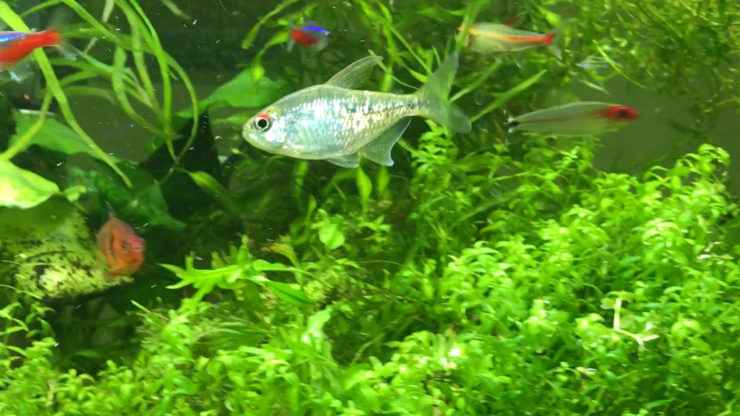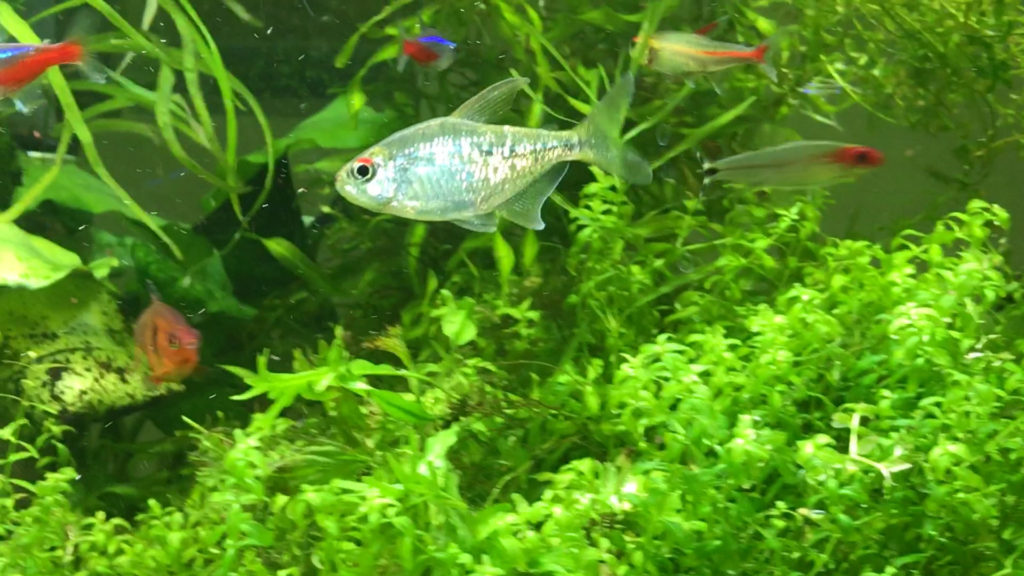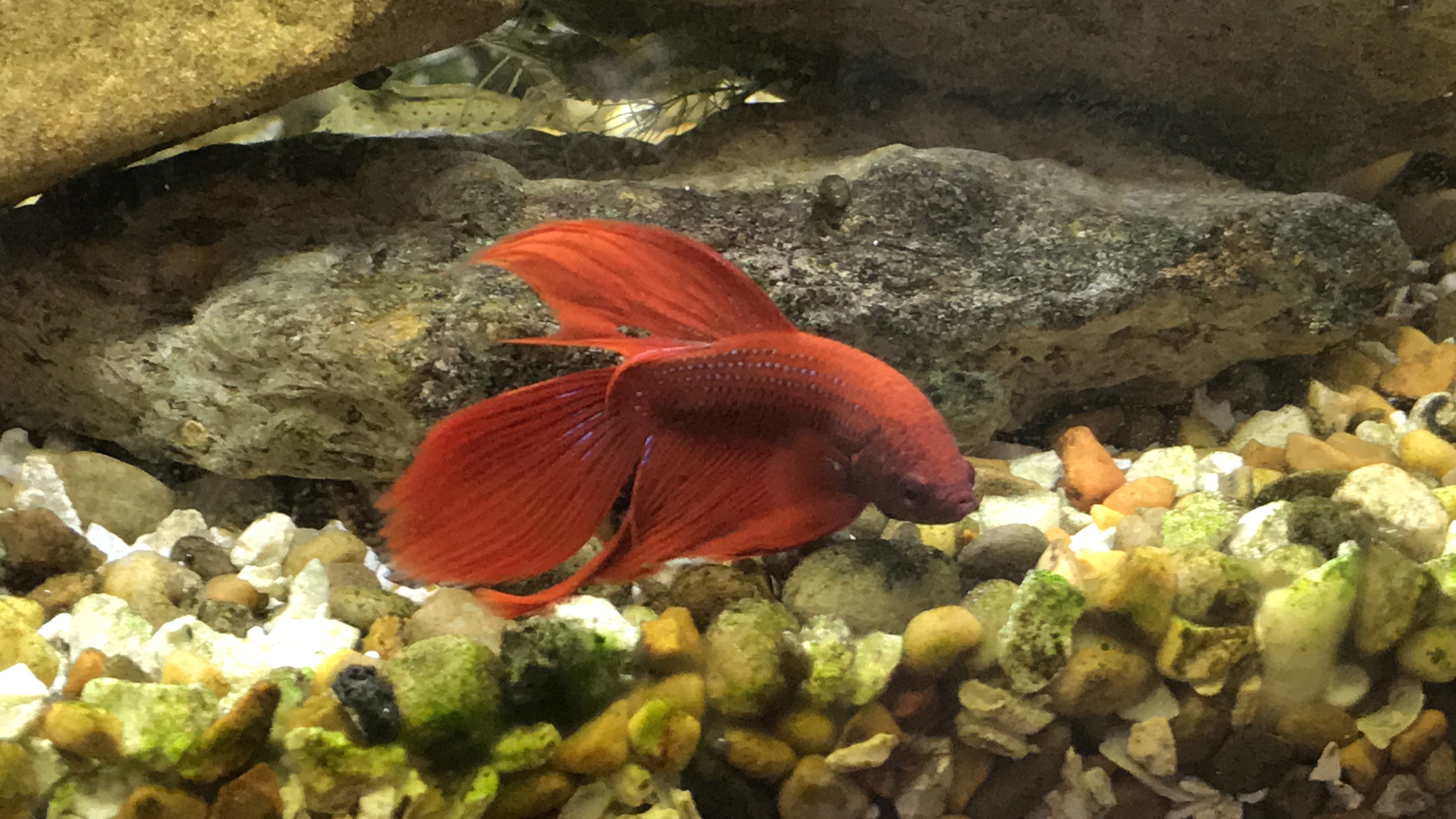
Scientific name: Moenkhausia pittieri
Size: 2 – 2.5 inches long
Temperament: Peaceful
Care Level: Easy
Diet: Omnivore
pH: 6 – 7
Temperature: 75°F – 82°F (24°C – 28°C)
Water Hardness (dGH): 5 – 12
Swimming Area: Top and mid levels
Minimum Tank Size: 10 gallon
Lifespan: 3 – 5 years
Diamond Tetras are great fish. Super easy to care for, peaceful and quite sparkly. Watch this video as I show you mine and tell you all about how to care for them.
Sometimes called the diamond characin, or the timanttitetra. This fish gets its common name from their shimmery scales. When the lights hit their bodies, their scales sparkle like diamonds.
Natural Habitat
Diamond Tetras are Endemic to South America and were originally found in Lake Valencia In Venezuela. Currently, diamond tetras can no longer be found in Lake Valencia. Fortunately, though, they have been found in nearby streams.
Tank Conditions
They are easy to care for, low-maintenance and a great beginner fish. The Diamond Tetra are schooling fish and should be kept in groups of 6 or more. These type of tetras prefers a heavily planted aquarium.

What Do Diamond Tetras Eat
The diamond tetra is an omnivore. In the home aquarium they are happy to eat fish flakes and pellets. They also enjoy a variety of other foods such as frozen brine shrimp and bloodworms.
Xtreme Aquatic Foods Community Crave Flake Food https://tropicalfishguy.com/xtremefood
Sexing
Males have much longer dorsal fins than females.
Females are a bit smaller than males; they are less brightly colored and their dorsal is rounded and the rest of their fins are shorter, than those of the male.
Breeding
These tetras are egg layers and they scatter the eggs throughout the tank. If the parents are not seperated they will eat them. They breed best when the tank temperature is at 80°F. Once the eggs are layed, they hatch in about 36 hours.
Tank Mates
Diamond tetra is a good tank mate for most live-bearing species such as platys, swordtails, and mollys. They are also compatible with Corydoras, rainbowfish, and peaceful South American cichlids.
